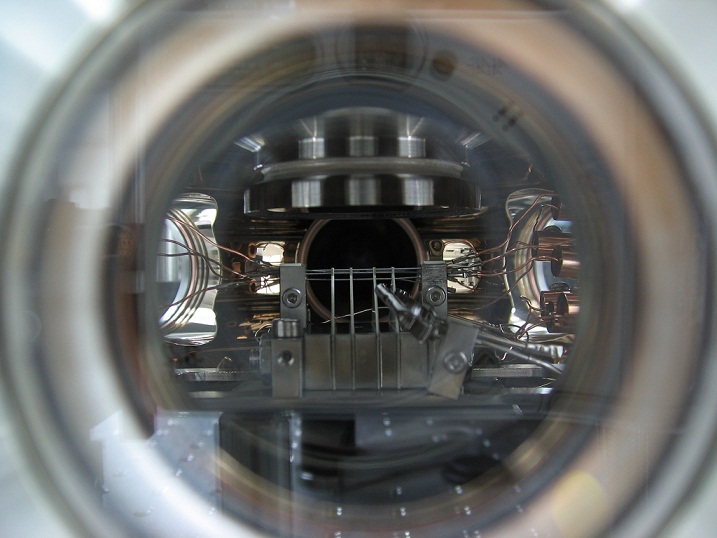Weizmann Institute of Science scientists set a new record in the sensitivity of measurements using the spin of a single atom

Our environment, even an isolated and controlled environment in a laboratory, is "covered" in background noise. To understand what a certain person is saying in a noisy train station, we must reduce all the background noise, and focus on the verbal message coming out of that person's mouth. The human mind has learned to perform this difficult task, up to a certain limit. When it comes to listening to the radio playing in a moving car in an urban environment, it is already much simpler to give priority to the preferred sound, by increasing the volume of the radio (which may of course disturb other people, who are trying to focus on other voice messages).
The ability to amplify the signal we want to focus on, and to make it stand out above the noisy environment, are a basic condition without which it is difficult to describe the work in laboratories in many research fields. One method of doing this, developed by physicist Robert Dickey of Princeton University, is very similar to the principle that enables radio transmissions in which voice messages (broadcast news, music) are transmitted through a very noisy environment (air). In order to do this, the sound waves that we wish to transmit over long distances must be modulated, and mounted on a high frequency carrier wave. To listen to the broadcast, we must turn on a receiver that is tuned to receive the carrier wave (eg FM 88 MHz), then separate the carrier wave from the carrier wave, and release and amplify the carrier wave, which is our music or news broadcast.
One of the most common systems in the laboratories of physicists all over the world works in a similar way, and it is called a "locked-in amplifier", or for short, MAM. This system is able to distinguish the occurrence feature of waves. This signal, which is of low frequency, "rides" on a signal of high frequency. The amplifier "locks" the wave show and separates it from the noisy environment - which allows scientists to measure it precisely.
Quantum theory has a lot to say about our ability to make observations of the world. On the one hand, it imposes and sets limits on our ability to make precise measurements (Heisenberg's famous uncertainty principle). On the other hand, it gives us ways and tools to overcome these limitations. Dr. Roi Ozari, and research students Shlomi Kotler, Nitzan Akerman, Yanon Glickman, and Anna Kesselman, from the Department of Physics of Complex Systems at the Weizmann Institute of Science, used the principles of quantum theory to
To build a quantum version of MMM, which makes it possible to isolate and measure the wave phenomenon using the spin of a single atom (ion). In this development, the institute's scientists set a new world record in the degree of sensitivity of measurements using the spin of a single atom. This new record is 100 times higher than the previous world record. These measurements allow a high spatial separation - at the rate of about a billionth of a meter.

2 תגובות
Does the device actually measure momentum or energy? And how does it really work out in terms of the uncertainty principle
The only inaccuracy I saw in the article is that, for example, the station (88FM) no longer broadcasts news at all 🙂